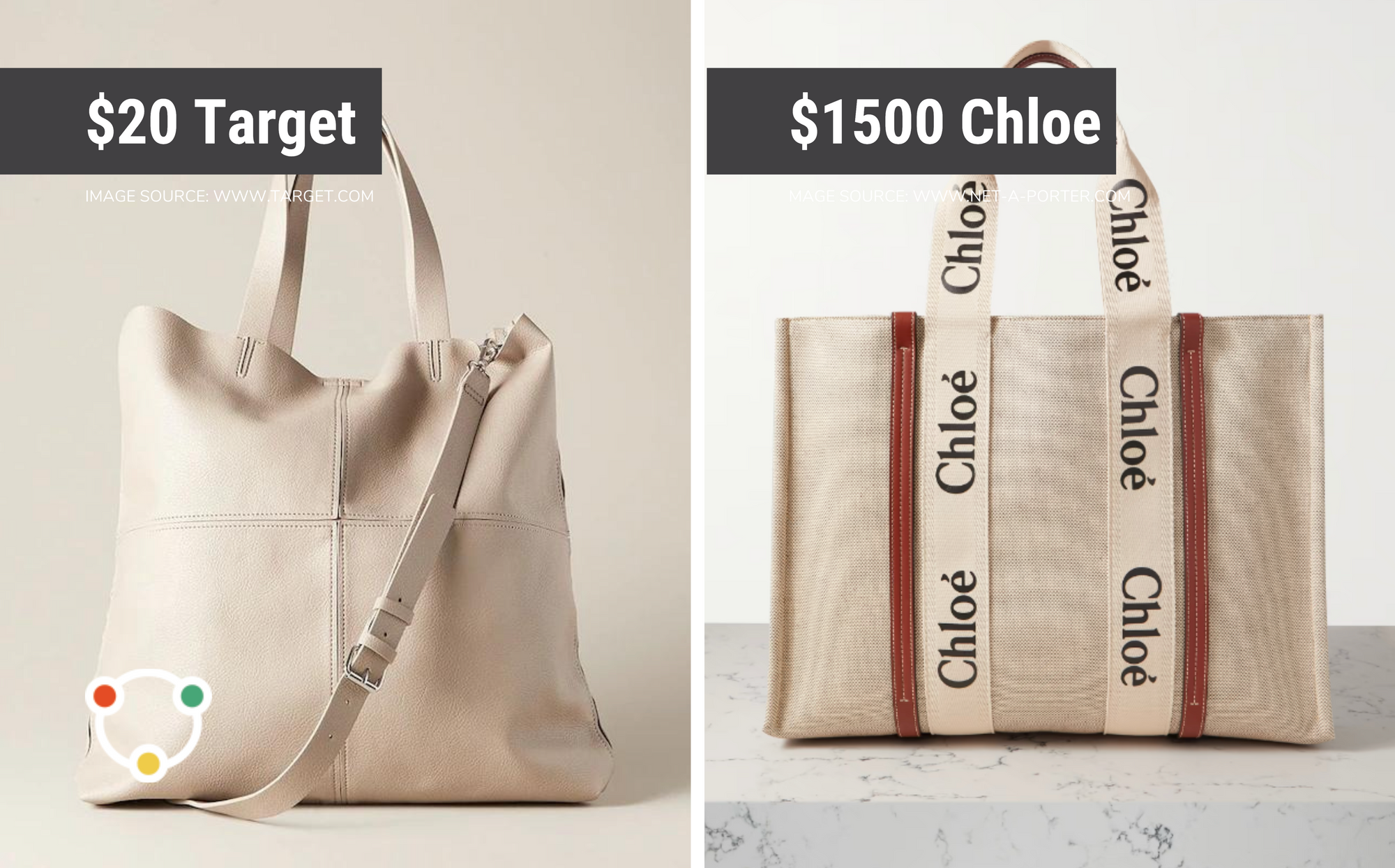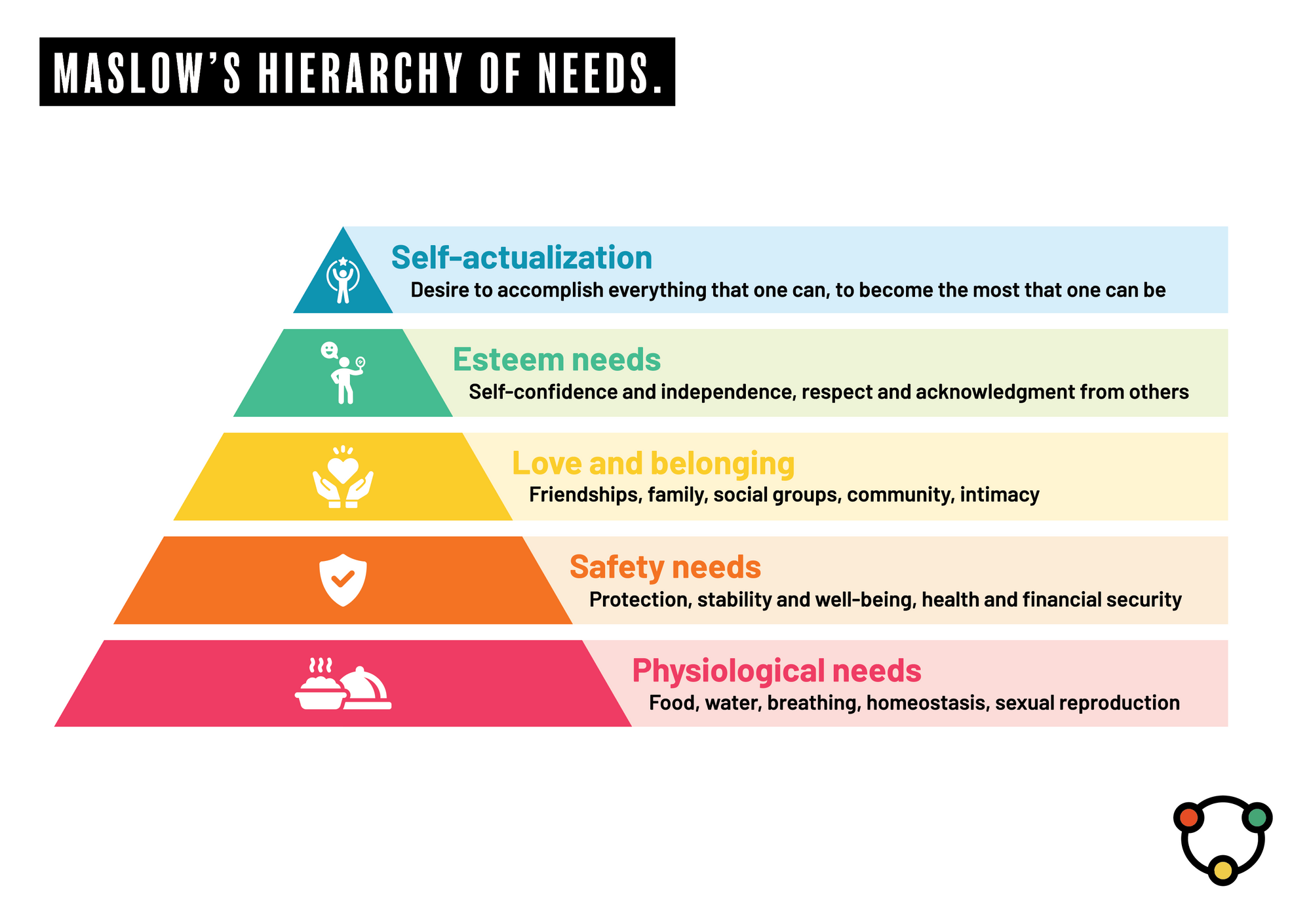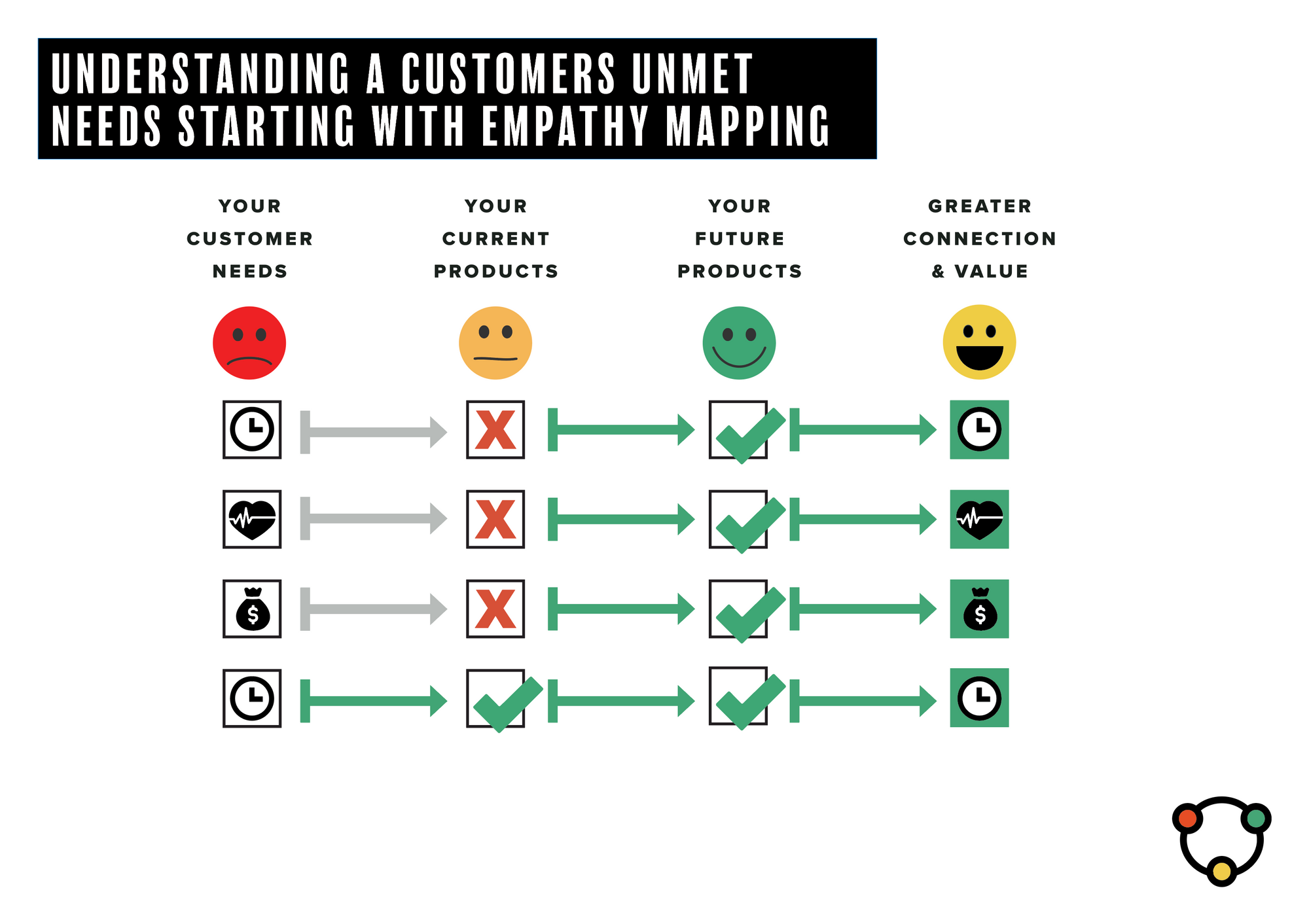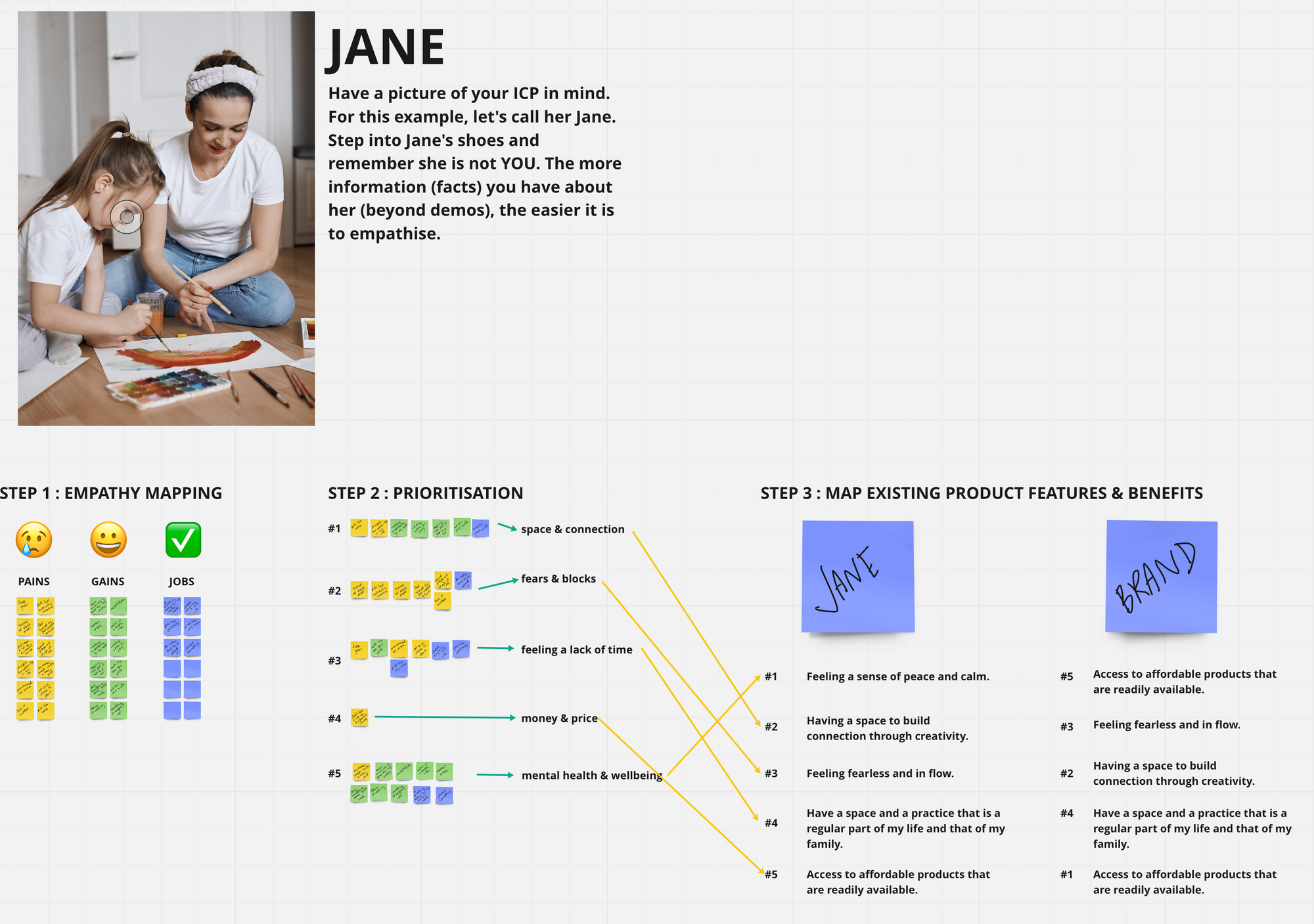How to create products people love?

Welcome to CVB Weekly, where I will share some of the most valuable learnings, ideas, and news related to building customer value every week. You will find actionable bite-sized tips in each issue. Building customer value unlocks transformational growth, and marketing is your rocket! 🚀
This weeks edition is focused on your products! I have gathered all the goodness so you can dig in deep but remember, if you aren't interested in the context, jump to the pro tips at the end. And if you need deeper help, sign up for the paid subscription. 😎
👋 Get CVB weekly on a Tuesday 👋
Creating sticky products based on compelling core customer needs
Firstly, it's essential to acknowledge that 'love' is an emotion; to build love, we need to act from a place of love. If that sounds a little 'soft' for you, it's time to stop reading now, as it's going to get a hell of a lot softer!
But first, some context.
If you are marketing 'just a product', your customer will always seek something cheaper. There is no emotional benefit they feel that helps them build an understanding of your products value. If you fail to understand the core emotional and psychological needs of your customer, you are creating the opportunity for your competitor to steal them away from you.
This is an example of a product that addresses a core need that will be higher in priority for a specific customer segment! High enough that the perception of value increases.
One is just a product 👈 and the other taps into a core need for status (esteem) and a sense of belonging 👉. These core needs drive their customer to spend $1500.

Key take away: Remember understanding core needs starts starts with understanding your customer. Chloe understands their customer incredibly that they have earned that price tag!
"if you don't love your customers enough to try and keep (edit: and understand) them, a competitor will be more than happy to do that for you" Seth Godin.
A few examples to embed this a little deeper.
My choice of car says something about me when I drive it. The safety of my family comes first. #volvo is "the closest thing to wrapping bubble wrap around your kids" (I drive a Santa Fe, but it doesn't make my point as nicely😁)
The bag I choose to carry is not just a bag! It communicates something about my identity that makes me unique. I am creative and value handmade products. Just ask me! I love Tiff Manuell as she appeals to my need for a sense of belonging.
The shoes I wear are not just a pair of shoes; they are an invitation into a community where I belong. I love Rollie Shoes as they make me feel part of a creative community.
My computer is not just a computer; it's a doorway to a world of untapped creativity. #apple. I love Apple as they tap into my desire for self actualisation. To be all that I can be as a creative human.
I love hand made products as it allows me to tap into a unique and valuable piece of their story as a creator. This taps into my core need to feel part of community. A deeper sense of belonging in a crazy, mass-produced world.
Let's take a closer look at core needs and how they build value.
Tracee Ellis Ross is an actress, singer, television host, producer and director. And the founder of Pattern Beauty - a hair-care line for curly hair!! {I have curly hair, which meets my core need for a product that understands the unique nature of my hair and its desire to be frizzy ALL the time! It's connected to a deeper need related to belonging as a curly girl!)
She understands her customer REALLY well!💗
✅ Eleven million followers on Instagram.
✅ Daily posts and stories.
✅ Close to 30K interactions per post.
Her audience follows her and love her content; she has used that to tap into a core customer need that she then translated into a range of products.
💥 A lack of black representation in the beauty industry. (a desire for community & confidence to be all she can be as a curly girl)
💥 AND products for curly hair!!
There have only been 50 brands specifically designed for black consumers in the beauty industry since 1960, with the bulk of those products coming from the period since 2000.
"Black brands make up only 2.5% of revenue in the beauty industry. Yet Black consumers are responsible for 11.1% of total beauty spending." {Mckinsey}
Tracee Ellis Ross is designing a product from a core need she understands based on her personal lived experience. That makes it even more powerful and real.
Her brand story reinforces that core customer need.
🫶 Loving your age
🫶 Play and joy
🫶 Creativity
🫶 Authenticity
🫶 Being bold
🫶 Curly hair expression
I use two tools to help my understand the core customer needs.
TOOL #1
The first one is Maslow's Hierarchy of needs. The higher up, the greater the perceived value. The team at the School of Life created some great content if you want to dig deeper.

TOOL #2
The second one is called empathy mapping, which is based on a methodology by Strategyzer. I have made a few changes and will take you through this game changing process that helps make the 'soft' more tangible and actionable.

I did this process in under an hour to show how easy it can be. It's a fictional customer based on a brand I love. {and get the pleasure of working with every week}. It's made up and fictional but it gives you an idea of what you will achieve once you go through the process.

STEP 1: THE PREPARATION
- Know your ideal customer {we will cover this off in more detail in coming editions}. Think about them as you run through this process, as it will help ensure you can step into their shoes and truly empathise with their lived experience.
- Grab three different post-it note colours (the super sticky ones are the best otherwise they will fall off the wall like confetti). You will use one colour for each of the following; pains, gains and jobs to be done.
PAINS: Imagine the negative emotions your customer is experiencing.
GAINS: Imagine the things that make them feel good. This can include growth, engagement, connection.
JOBS: The jobs are simply the things on their to-do list that you can help them do.
3. Grabs a few sharpies and find a wall with a lot of space that you don't mid sticking post-it notes to.
STEP 2: EMPATHY MAPPING
- Start listing all the pains for your customer. Write each 'pain' on a seperate post-it note. Keep going past the point where you feel silly. The deeper you dig, the more valuable the insight.
- Now list all the gains for that customer. Write a 'gain' on each post-it note. Keep going, and don't worry about repetition.
- Finally, list all the jobs they need to get done. Don't underestimate the value related to time. Helping your customer save time is one of the most valuable things you can do in their eyes.
STEP 3: SETTING PRIORITIES
- In this step, you can stop worrying about the three categories and start putting each post-it note into categories.
- Once they are all in categories, you will start to see themes. Note them down, and don't be too precious. You don't need it to be perfect.
- After creating the themes, think about which is the most important to your customer. List them in order of priority. A hint is related to how many post-it notes are in each category or theme.
STEP 4: MAP YOUR EXISTING PRODUCT OR SERVICE AGAINST THOSE CORE NEEDS
This step is a little easier. You can now look at that list of priorities and create a second list. In that list, rank how you prioritise these needs as a business. For example, do you focus on price when your customer is focused on belonging to a community?
How can you use your newly developed understanding of your customer's core needs?
- Consider ways to alter your messaging to enforce your new understanding of the hierarchy of needs.
- Look at ways where you can build these core needs into website content like headers, about us etc.
- Audit your content and adjust as you add content specifically related to your customer's core needs.
- Don't forget to measure the impact of that new content!
- Continue to refine your brand story based on these core needs.
Pro top
What do you can do for me
If you value the free advice, share the love on social media or pass the tip on to a friend.
You can also sign up for our 'customer love' program that will hold your hand as you use customer love to grow your business. Coming soon! {if you are paid subscriber, you will be one of the first to learn about it 😉}
Happy Tuesday - thanks for stopping by. 🥰